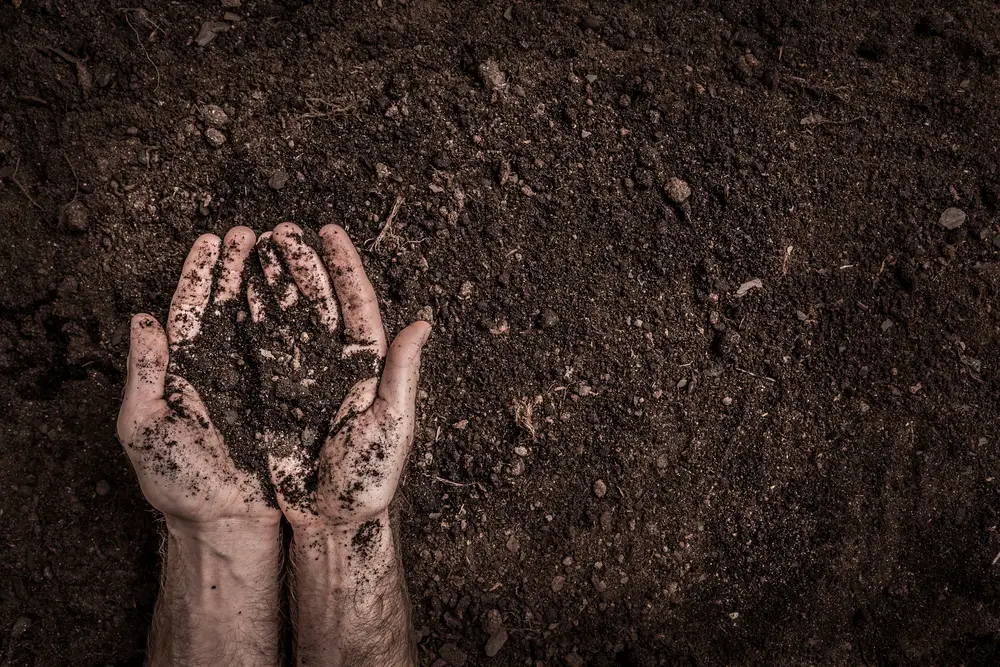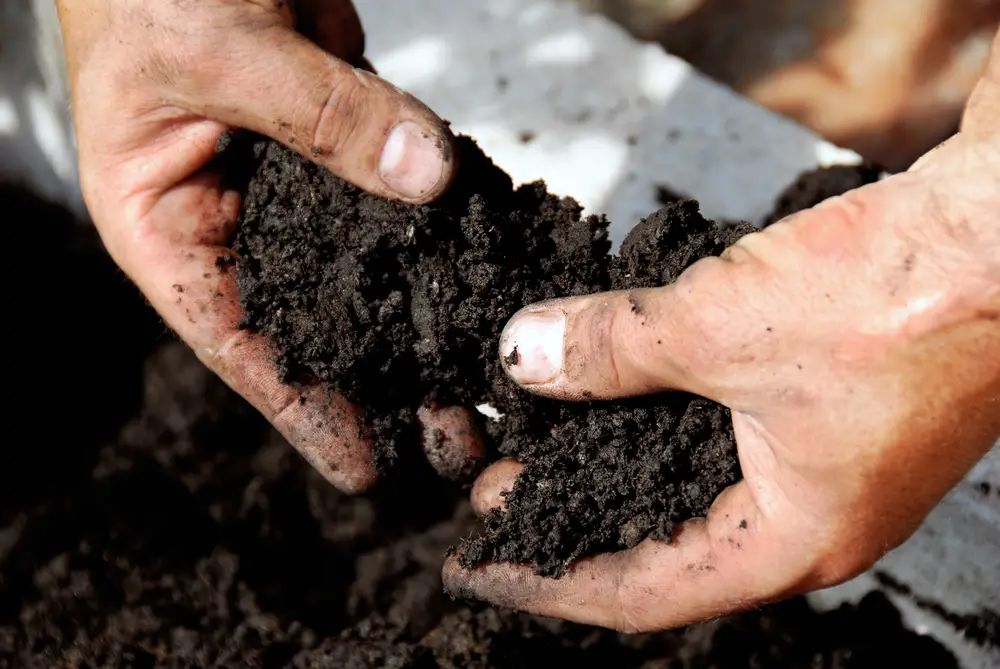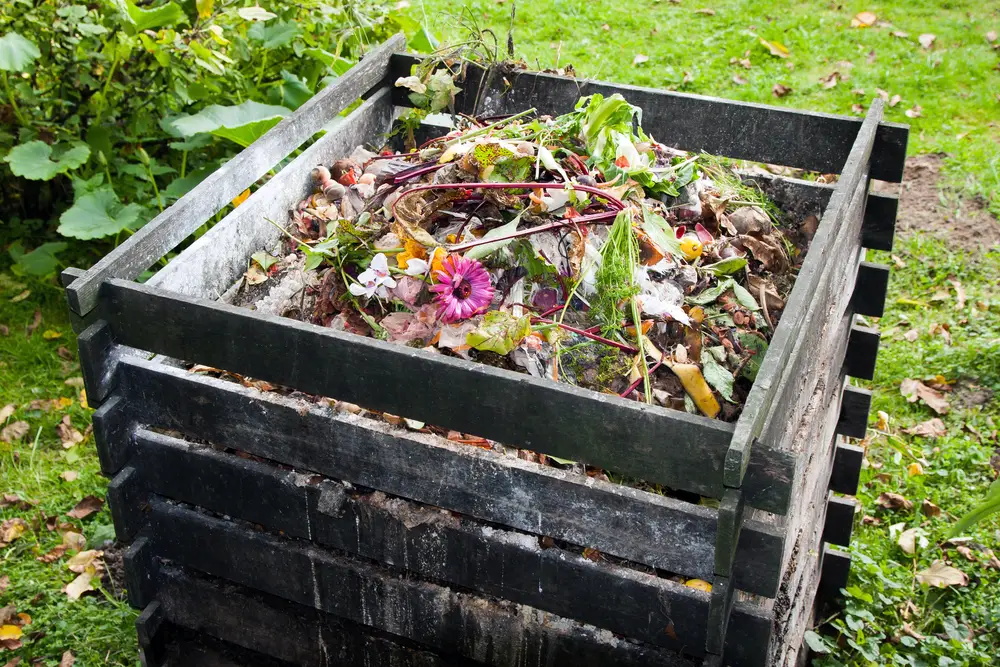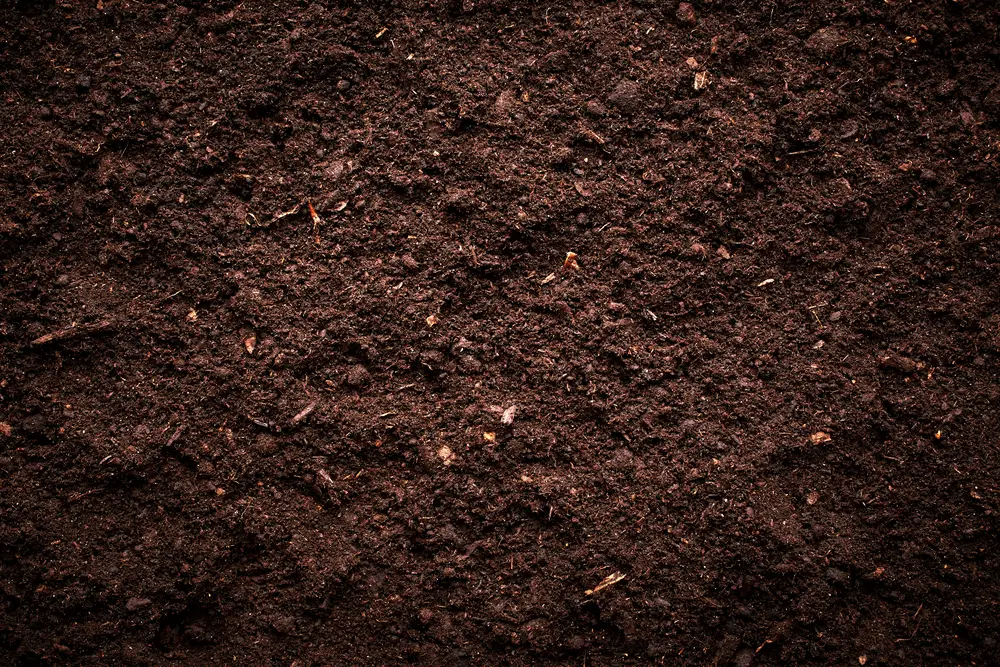One of the most undervalued resources on this planet is healthy, life-sustaining soil. Learning how to build the ideal soil for your plants is an essential step in gardening.
Balanced soil is the basis of the food web.
This means if soil is depleted, compacted, impermeable, or otherwise unable to perform its function of sustaining plant life and housing the decomposers who recycle organic matter, eventually, all connected beings suffer.
That means us, too.
The good news is great soil is easy to achieve.
The most productive things you can do for your soil are to learn basic management of the organic materials in your yard and use a few methods to support decomposers, who exist solely to recycle biomass, making it available for your plants.
In fact, there are several simple practices you can incorporate into your gardening routine to help your soil and garden be the best they ever have been long into the future.
But we need to talk about what the ideal soil is before we talk about how to build it.
1 – Learn What The Ideal Soil Is

All soil is a mixture of sand, silt, clay, and organic materials. The best soil has a balanced amount of each.
When in balance, soil is both light and fluffy enough to hold air and allow water to penetrate easily. It’s also structured enough to hold some food and water for your plants. Additionally, the healthiest soil is diverse and living.
As water passes through, good soil holds onto a reserve for plants to access when needed, but it also allows drainage.
You know how you see worms come to the surface when it rains? This is because water has temporarily filled up all the holes in the soil, usually occupied by air. Once the water moves through the soil, the worms (and other decomposers) can breathe again in the soil.
Worms in your soil indicate there is enough organic matter present for them to survive.
They, along with the other decomposers (fungi, bacteria, protozoa, termites, and millipedes), spend the majority of their time moving through your soil (aerating it), eating, digesting, and excreting nutrients in a form usable for your plants.
All of the above is the goal with your soil!
So, how do you create this?
It comes down to balancing the structure of your soil (particle size) and the consistent addition of organic material.
Provide and maintain the habitat for the decomposers, and they’ll do the rest.
That’s the secret.
Now, we can talk about how to build that soil.
2 – Learn Soil Building 101

Many years ago, I attended a lecture about soil science for gardeners by a long-standing and well-regarded government soil scientist.
I will admit the chemistry of soil composition became a bit confusing and cumbersome at points, but I was jolted to attention when midway through the presentation, I heard the following words:
“Any soil you buy is dead.”
The accompanying images showing the microbial activity of various soil samples told the same story.
The soil scientist was teaching us that no matter how hard we try to control what goes into our soil, whatever we add, nothing will ever replace the work of the decomposers doing what they do with organic waste in your soil. Due to this, the best thing we can do for our soil is provide food and habitat for the decomposers. They’ll take care of the rest.
In my garden, I focus on exactly what the science says we should do: setting out a variety of organic materials to feed a variety of decomposers and employing a series of practices that support a thriving and diverse underground ecosystem. It works.
To also do this, first you’ll need to pick your soil-building method.
3 – Pick Your Soil-Building Method

It’s not difficult to build ideal soil, but it does take time because decomposition takes time.
Methods to build the ideal soil include the following:
- Composting
- Vermicomposting
- Sheet composting
- Bokashi
- Green manure/cover cropping
- Chop and drop
- Mulching
- No-till gardening
- Crop rotation
- Nitrogen-fixing plants
- Introducing mycorrhizal species
- Managing soil compaction
My advice is to choose one or two methods based on what concerns you’d like to work on and see how your soil and plants respond over the course of a growing season.
Though your efforts will start to work almost immediately, it may still take some time before you notice any appreciable difference in your soil. For me, I am always astonished at the difference I see in the spring.
Before you know it, you’ll notice things like more earthworms or that the ground feels softer under your feet, both indications that your soil is becoming healthier.
Other great news is that shortly after you start tending to your soil in this way, you’ll be using some of the previously collected waste. If you’re anything like me, you might even enjoy this side benefit!
4 – Monitor and Adjust

Soil management can seem complicated and downright impossible at times.
You will need to be patient. Soil building takes time. You will begin to notice the benefits of your work after the first year. But, make no mistake, the healthier your soil ecosystem, the more successful your growing will be.
Once you begin caring for your soil, you will notice it becomes softer and more able to receive water. It may change color somewhat, becoming darker and “loamier.” You’ll notice happier and even larger plants. You should see plenty of signs of life when you are working in your garden.
As you notice changes, keep doing what works and continue trying new methods for replenishing your soil health. Though it can seem to take a long time to regenerate soil to optimal gardening conditions, a season or two is a drop in the bucket compared to the thousands of years it took for the soil to form in the first place!

